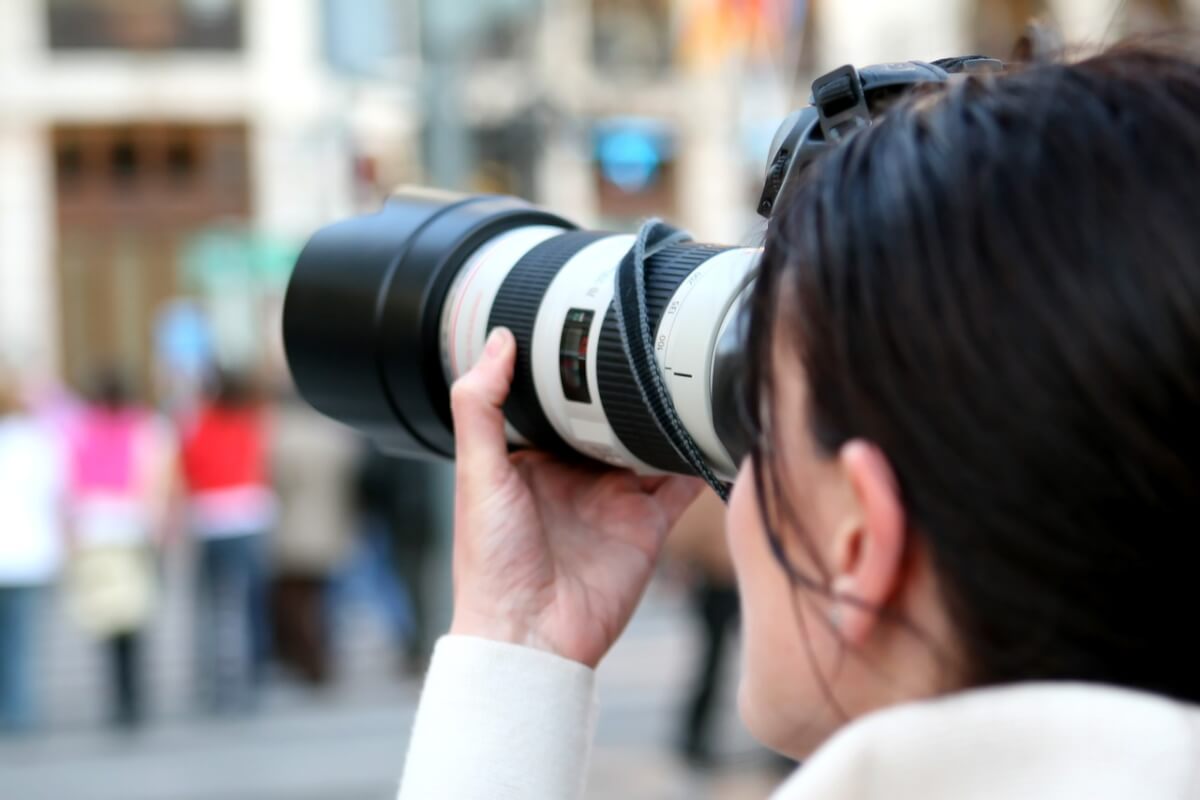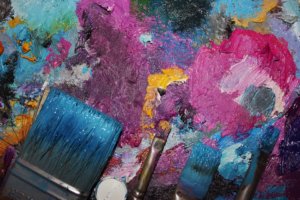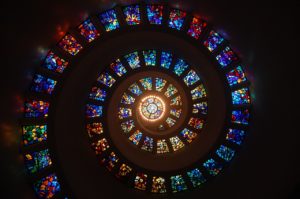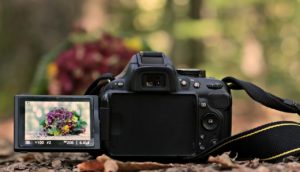Ever wonder why some photos have a yellow or blue color cast? Why did this happen? Well it has to do with how your camera sees colors in a scene. Correct white balance is one of those technical aspects of photography that is often overlooked or misunderstood. But it can have a great impact on your photos, so it is important to understand how color in photography works.
What is White Balance?
Color is measured in temperature, in units of Kelvin. Warm colors have a low degrees Kelvin, while cooler temperatures have a higher degrees Kelvin. For example, the flame of a candle has a Kelvin temperature of around 1,500, while a blue sky has a Kelvin temperature of around 9,000. The human eye is very good at adjusting for variation in color temperature. Unless the temperature of the light is very extreme a white wall will generally look white. But a camera doesn’t have a human brain behind it (yet, anyway!) and so isn’t able to make the same adjustments. The result of this is a color cast that either looks too cold or too warm.
Adjusting White Balance
The purpose of adjusting white balance is to tell your camera to either warm things up or cool things down, depending on the lighting situation. So how do we do this? Most Digital cameras have automatic and semi automatic settings. Most commonly these are:
Automatic: where your camera takes a guess at the correct white balance. In most conditions this is pretty accurate, however in tricky lighting situations it is easily fooled.
Tungsten: used for shooting under tungsten (artificial) lighting such as an indoor bulb. As this type of lighting is quite warm, the setting cools down the colors slightly.
Daylight: used for shooting outside. Colors under a sky can appear quite blue so this setting is used to warm up a scene.
Different makes of cameras also have more variations on these settings, such as for cloudy conditions and flash photography.
Manually Adjusting White Balance
In most cases, using the automatic or semi automatic settings on your camera will produce good results. But if it’s just not doing it for you, or like me you are a complete control freak, most digital cameras will allow you to manually set the white balance.
This can be done in two ways. Some cameras have a setting that will allow you to set the white balance in degrees Kelvin. To do this of course you will need to know the temperature of your light source. This is easy to find out with a few test shots. For example, if you are shooting indoors under a standard house globe, you know that the temperature of the light will be quite low. Adjust your setting to a low number and take a test shot. Then check and make adjustments as needed until the color in your images looks right.
The second method is the tried and true grey card. By holding a neutral color in front of your lens, you are essentially telling the camera what white looks like. It then adjusts all other colors accordingly. To do this you need to have your white balance setting on manual.
With all the automatic settings that digital cameras have to supposedly make our lives easier, it is easy to be lazy and let the camera do all the work. However putting in a little extra effort into learning why things work the way they do gives you the edge next time you are dealing with a tricky lighting situation and helps you improve your photography.
Submitted by:Mark EdenMark Eden is a freelance travel photographer and owner of Expanse Photography, a photographic services company You can see Mark’s, travel photography and contact Mark through the Expanse Photography website http://www.expansephotography.com. |







